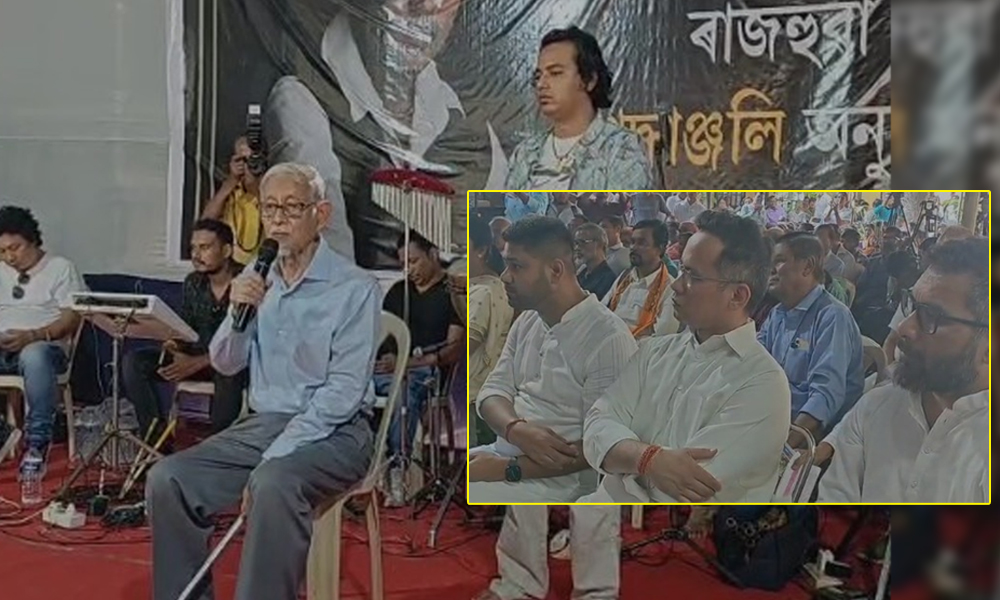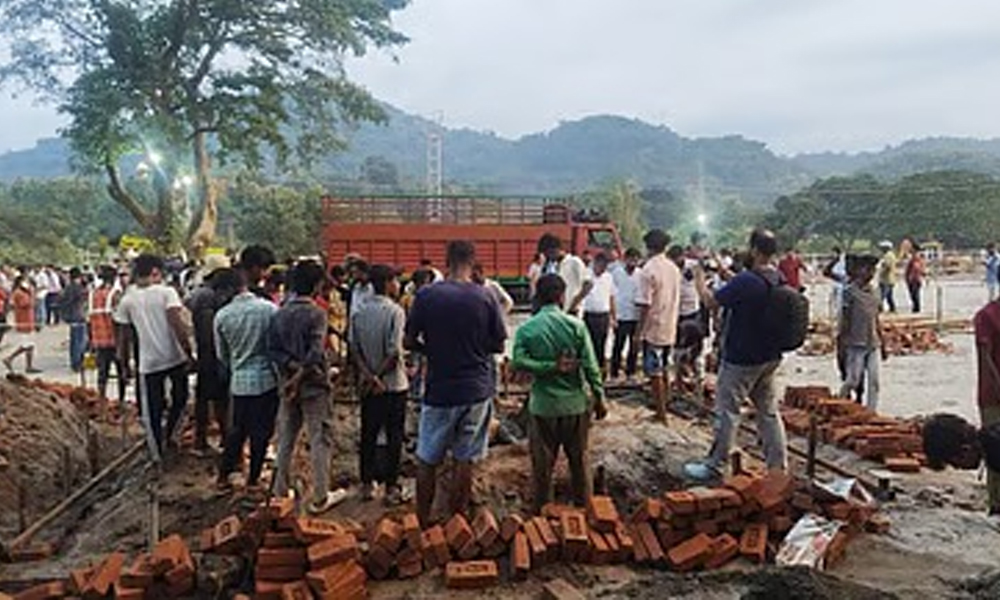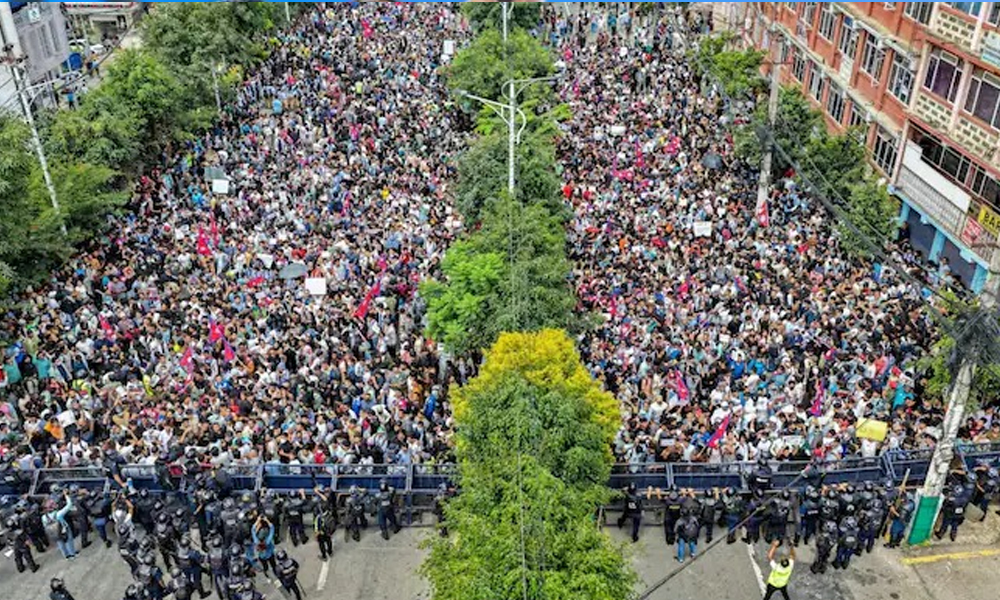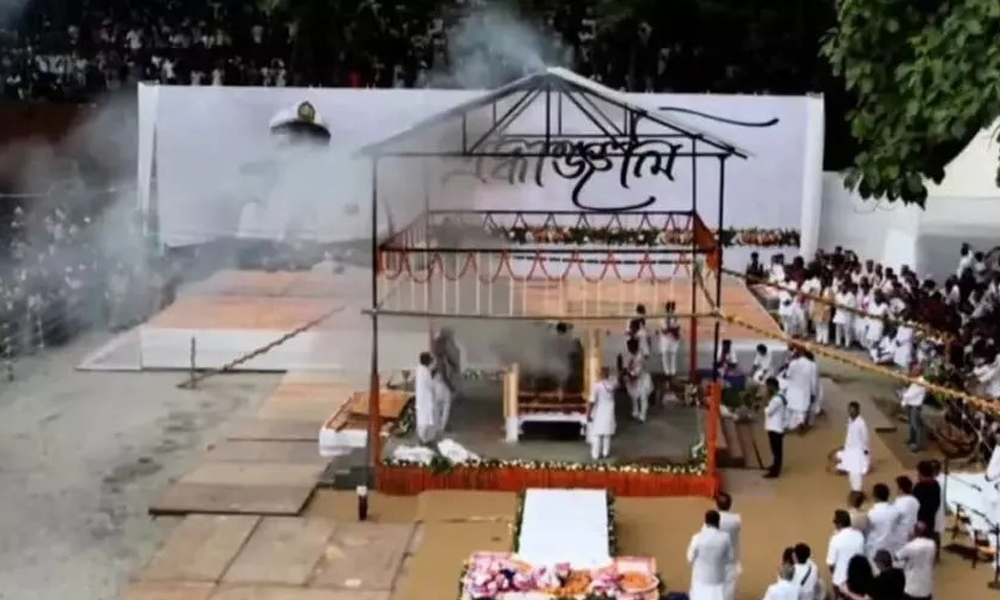The Taj
Mahal is an 17th century historical mausoleum in the city of Agra
which was built by emperor Shah Jahan in memory of his queen Mumtaz. It was
also known as Mumtaz Mahal. She died of giving birth to their 14th
child. The amazing monument built with white marble, red sand stone, bricks. It
is one of India’s biggest tourist spots.
On 13th
May, 2022, the high court dismissed the petition filed by a member of India’s
ruling party demanding the opening of the doors of more than 20 locked rooms to
find the reality of the Taj Mahal. Dr. Rajneesh Singh, media incharge of BJP
Ayodhya, told the court he wanted to check out the facts related to the shrine
of lord Shiva inside the Taj Mahal as claimed by the worshipers and the
historians. But accepted history doesn't impress Mr Singh.
"We all should know what's there behind these rooms," Dr. Rajneesh
Singh told the court. Most of the locked rooms are located underground chambers
of the memorial.
A leading
authority of the mughal architecture and author of a majesterial study of the Taj
Mahal, Ebba Koch paid a visit at the Taj Mahal and photographed the rooms and
the passages of the famous monument during her research works. These rooms were
a part of an underground chamber. During the summer days Shah Jahan used to
rest in these large cool rooms. There were fifteen rooms arranged in a line by
the river front terrace.
There
were 7 large rooms further extended by niches on each side. The rooms were 6 squarish
rooms and 2 octagonal rooms. The rooms had a few traces of painted decorations
under the white wash. There were netted patterns too arranged between
concentric circles of stars with a medallion in the centre.
"It
must have been a beautiful airy space, which served the emperor, his women and
his entourage a cool place of recreation when visiting the tomb. It now has no
natural light," Ms Koch, who is a professor of Asian Art at the University
of Vienna, noted. Mughal architecture is replete with underground
galleries. A series of vaulted apartments set into the coastline of a Mughal
fort in Pakistan's Lahore city. "I remember the beautifully painted
corridor when I visited the place. I recall the corridor opening into a larger
space. It was clearly the emperor's passage," says Amita Baig, an Indian
conservator who visited the place some 20 years ago. Shah Jahan would
frequently arrive at the Taj Mahal by boat on the Yamuna River, landing on a
wide series of stairs, or ghats in India, and entering the mausoleum.
The
underground rooms were open to guests until 1978, according to Rana Safvi, a
Delhi-based historian who grew up in Agra. "The monument had been flooded,
and several of the underground rooms were silted and cracked. Following that,
the rooms were closed to the public. They contain nothing, "she says. The
rooms are occasionally accessed for restoration purposes.
Growing
up in Agra, Delhi-based historian Rana Safvi remembers that the underground
rooms were open to visitors until a flood in 1978. "Water had entered the
monument, some of the underground rooms were silted and there were some cracks.
Authorities shut the rooms for the public after that. There's nothing in
them," she says. The rooms are opened from time to time to carry out
restoration work.






















